

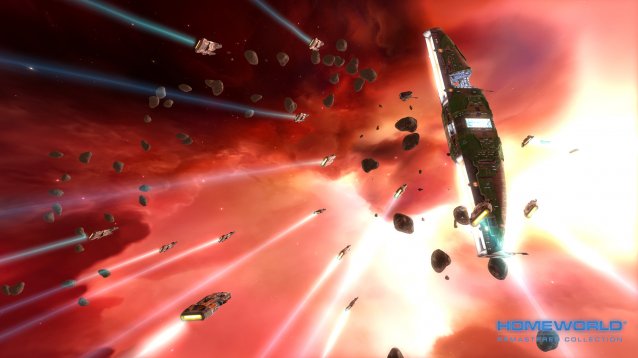
The Homeworld games have always held a special place in my heart. The series perfectly illustrated the vast loneliness of the universe while coupling with the science fiction allure of starfighters as they engaged in warfare in three-dimensional space. It tells an emotional story that is vividly brought to life by expert voice acting and a masterpiece orchestral theme that few games—much less strategy games—have achieved.
After years of collecting dust in the annals of history, developer Gearbox Software announced that the games would see new life once again, through the remastering of Relic Entertainment’s masterpieces—bringing the games up to date with all new graphics, with the blessing of Relic Entertainment.
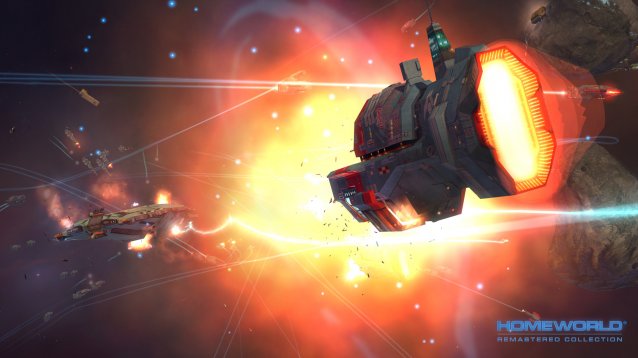
It’s been months since the announcement of the remakes, and the games are now available in a neat little package containing Homeworld Remastered and Homeworld 2 Remastered, as well as their respective classic formats. A standalone expansion pack entitled Homeworld Cataclysm, released sometime after the original Homeworld, is the only content absent from the release.
The updated versions of the games retain their impressive qualities from the originals. The story and presentation are timeless, and the combat remains as visceral as it ever was—engaging the player to witness battle plans unfold after orders are issued. It’s a sight for sore eyes to watch as swarms of bombers dive in to deploy their ordinances on a capital ship as it struggles to take them out one by one with its turrets. With new character models, textures, and visual effects, the spectacle is grander than ever before.
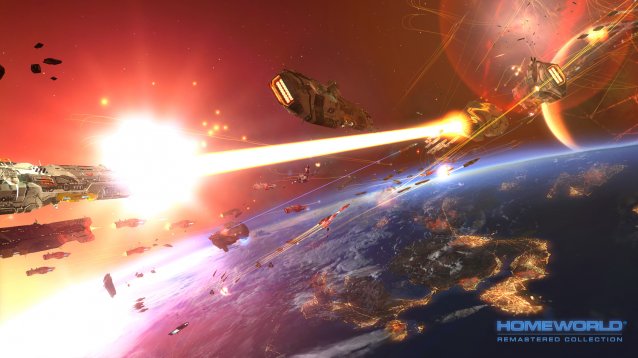
Neither Homeworld nor its sequel are simple games. They’re easy at first, but become increasingly complex as you progress through each of their 15-hour campaigns. It can be initially perplexing to get fleets to move in three-dimensional space, but rewarding once you get the hang of it as you figure out how to issue complex commands and use the Z-axis to your advantage. It’s best to tether yourself to a roving view of the playing field to individual squadrons or capital ships to catch your bearings than it is to rely upon any stationary landmarks. It is space, after all.
In many ways, Homeworld Remastered plays a lot better than the original, and that’s because it’s been retrofitted with all the changes and improvements from Homeworld 2. You can zoom out to get a tactical overview of the battlefield, create control groups, and double-click a unit to select all units of the same class that appear on screen. You can also issue move orders to have your units fly to a specific point in space, and hold shift to adjust the altitude. Panning your camera around to get a sense of depth can take a bit of getting used to at first, but it’s no more complex than it is in a Total War game.
There are also a few subtle changes that carry great quality-of-life improvements to the game. Notably, build and research menus can be collapsed and hidden out of sight, and the need to refuel fighters and corvettes has been eliminated. Fuel is no longer a strategic consideration, and that’s perfectly okay. It’s one less annoying thing to worry about.
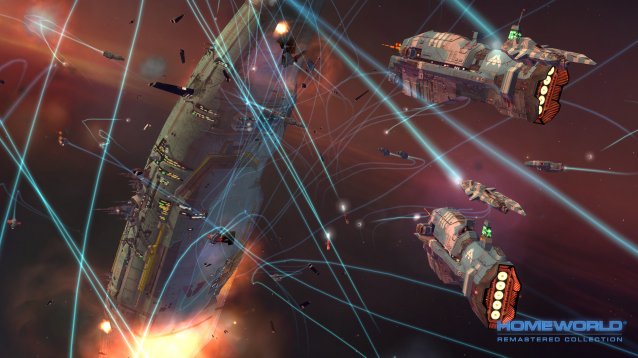
Unfortunately, viewing Homeworld through the lens of Homeworld 2 does not come without cost. The sphere formation no longer works like it used to; you won’t be able to embed larger ships in an orbiting sphere of death. Repair ships must also be micromanaged and can’t be trusted to work on their own.
One of the things Homeworld and its sequel have in common with the Total War games is its pace. Since everything takes place across the vast nothingness of space, there are huge moments of downtime that serve as opportunity to strategize and plan moves while watching your ships move ploddingly across the screen. This comes as a boon since you’ll be managing dozens of ship groupings at the same time. Even in its tightest moments, it doesn’t become anywhere as hectic as a game of Starcraft II.
As with any real-time strategy game, Homeworld operates by the same rock-paper-scissors principles that have driven the genre since Age of Empires. Like many others of its ilk, the game stacks up the complexity by allowing you to choose from a variety of options when performing counterattacks. For instance, you’ll have to decide between sending a force of interceptors to counter a squadron of bombers, or counter them with a multi-gun frigate. It all depends on where your forces are and what you’re willing to commit to the battle. It’s all up to you.
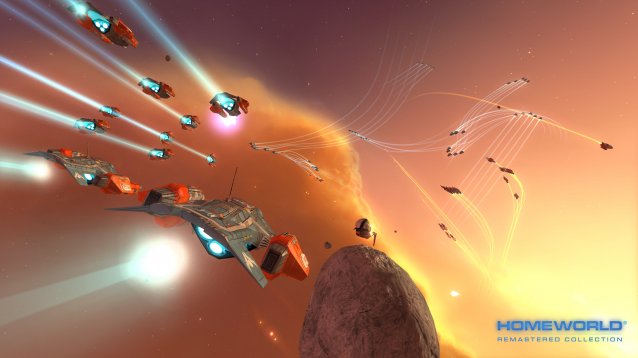
It also helps that the campaigns offer a diverse selection of challenges for players to deal with, so you’ll rarely find yourself wishing for more story intervals as you play through the missions. It’s not simply a matter of sending your forces from one end of the map to the other and decimating enemy forces. The goals each mission provides are varied and manage to keep the game interesting throughout its entirety, such as circling the wagons in a mission where you have to make your way through a dense nebula, defending allies, and investigating derelict space ships while fending off attacks from raiders.
Mission design is significantly improved in Homeworld 2, which offers plenty of great challenges and far fewer annoying mission objectives. Beyond that, the game’s core mechanics make a huge leap forward in terms of unit control by treating entire squadrons as a single unit. It’s just more fun to play, as a result—and the things Relic Entertainment learned in its development of Homeworld 2 are easily reflected in their later titles, including Company of Heroes and Dawn of War.
The only disappointing aspect of the Homeworld Remastered Collection is the fact that its multiplayer mode remains in beta. Instead of splitting up the multiplayer between titles, Gearbox has made it so that the factions of both Homeworld and its sequel can go up against each other—allowing players to play as Homeworld’s Taiidan while going up against the sequel’s Vaygr. While every faction is mechanically similar (you won’t see vast differences in how they play—this isn’t Starcraft) there are some minor subtleties that give each faction variety. Due to its slow pace, Homeworld will never be a competitive title, but all the same, it’s still an enjoyable experience.
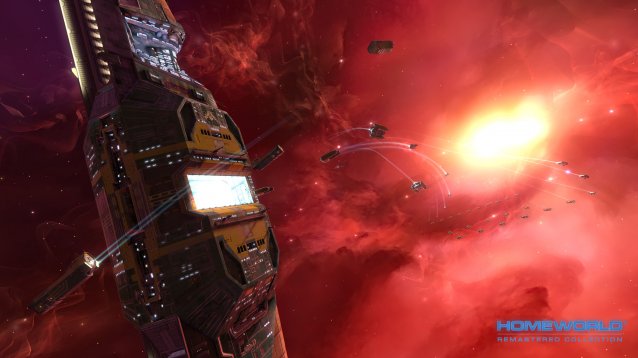
Homeworld: The Remastered Collection does a great job reproducing these real-time strategy classics while introducing them to an all new audience of gamers, and given the modern upgrades, it stands to survive the test of time. I highly recommend it.
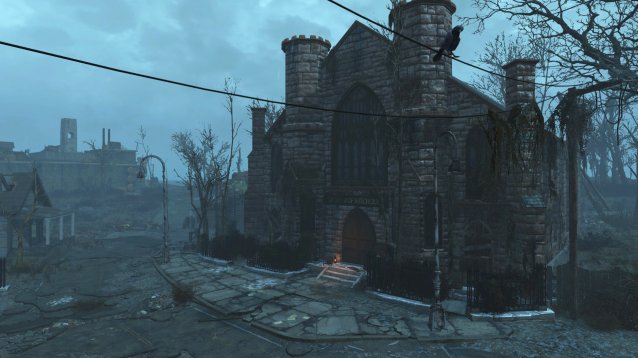

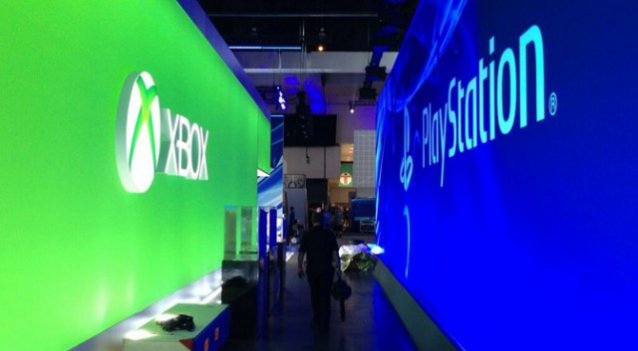
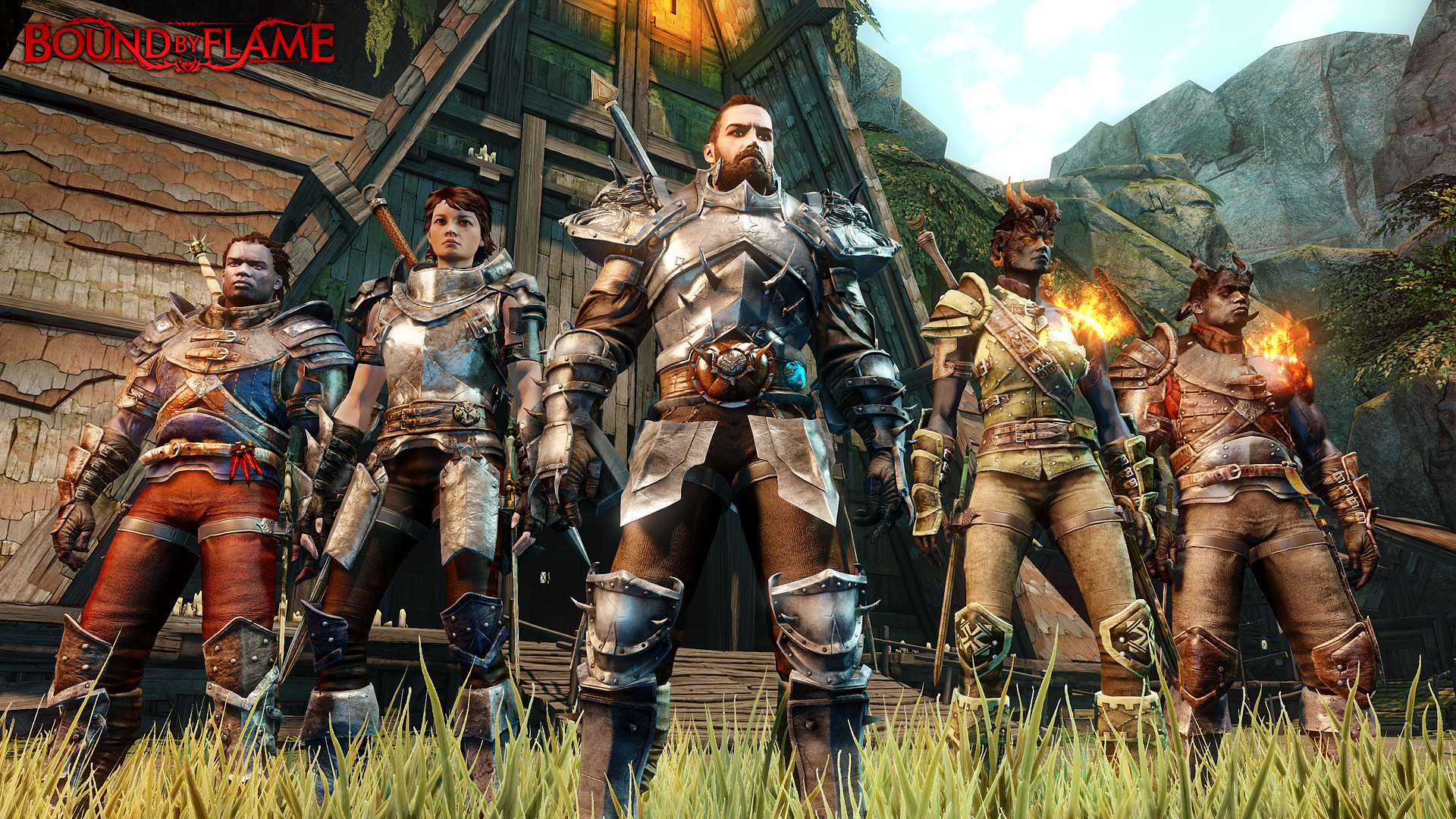
 The Witcher 3: Wild Hunt Monster Guide - How to Beat the Merry Widow
The Witcher 3: Wild Hunt Monster Guide - How to Beat the Merry Widow Top 10 Funniest Banter Scenes in Mass Effect 3
Top 10 Funniest Banter Scenes in Mass Effect 3 FIFA 16: How to score with Long Shot Glitch
FIFA 16: How to score with Long Shot Glitch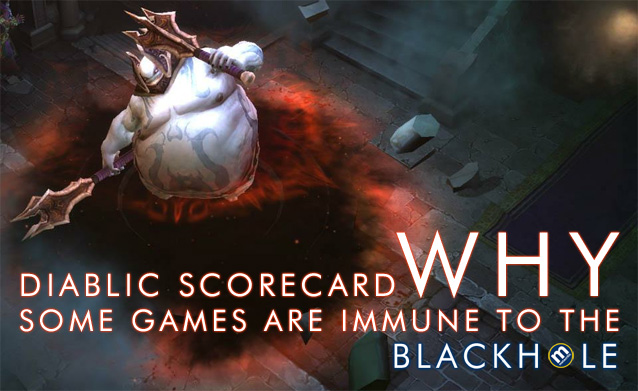 Diablic Scorecard - Why Some Games are Immune to the Metacritic Blackhole
Diablic Scorecard - Why Some Games are Immune to the Metacritic Blackhole Grand Theft Auto Police Wanted Level Guide
Grand Theft Auto Police Wanted Level Guide